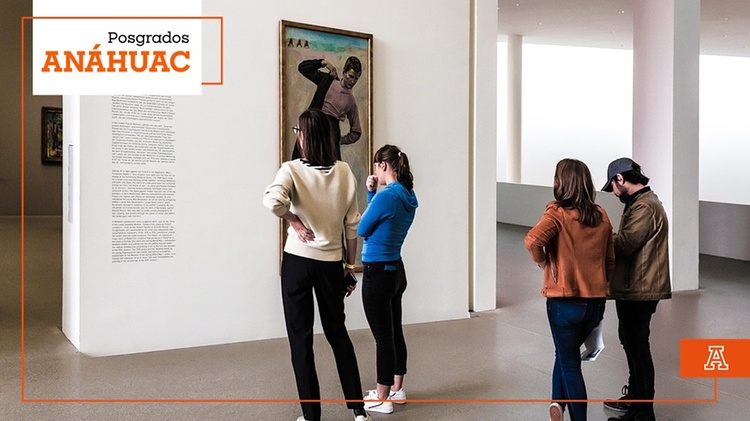
Latin American Art in the world
If someone asked you to name the 10 most famous works of art in the world, most people would probably respond with pieces belonging to the European continent. It is almost inevitable to stop referring to Paris and its bohemian artists, to the Louvre Museum, to Florence, to Rome and its exalted Renaissance artists, such as Leonardo or Michelangelo, to Picasso, to Dalí or to the famous Velázquez. This happens because for many centuries Europe set a benchmark in political, economic, cultural and artistic trends in the Western world. But what about Latin America? Could you name the 10 most representative works of art from this region of the continent?
Latin American Art has been built from realities that are very different from those in Europe, because the life circumstances of our continent are vastly different. The art that is built and proposed from Latin America is created in different climates, with living conditions that have nothing to do with European cities and, of course, with artists whose job opportunities are far from those available in the countries from the first world. Therefore, the concern of the artists who reside here is constructed from other perspectives, which include a particular appropriation of what is seen, what is experienced, what is criticized and what is proposed through art.
The lack of financial support and the low institutional value given to the arts and humanities in Latin American society forces artists to rely on other resources that allow them to carry out their work, regardless of whether or not they have the recognition of some official agency. This results in incalculable wealth in cultural capital because it results in endless innovative works in various artistic genres.
There are an enormous number of Latin American artists in the course of history, but there are few who shine or have shone on the international art scene, perhaps because the predominant aesthetic in the general imagination is still governed by European guidelines. This, added to the lack of support, reduces the number of artists from this continent who stand out worldwide. Even so, names such as Diego Rivera (Mexico), Frida Kahlo (Mexico), Antonio Berni (Argentina), Tarsila Do Amaral (Brazil) and Fernando Botero (Colombia) are popular. The latter being the most sought-after living Latin American artist in the world and who currently has exhibitions on all continents.
Unfortunately, this international recognition is a privilege that few have been able to enjoy, both in the past and currently. There is much to know about Latin American artists, about their personal and professional stories, about their works, their concerns and their proposals. Perhaps the name of Pablo Picasso is more familiar to us than that of Saturnino Herrán (Mexico), that of Salvador Dalí than that of Wifredo Lam (Cuba), that of Leonardo Da Vinci than that of Xul Solar (Argentina), but his works are still They are present as a testimony of its history, of the cultural history of our continent and the richness of Latin American art.
The importance of recognition of our art is essential to vindicate it on a cultural level and better understand our continental identity. The Anáhuac University of Puebla offers an excellent opportunity that will allow you to delve into these topics. A Diploma in Latin American Art History in which you can become an expert on the subject, even without having prior knowledge. To register you can contact the School of Continuing Education.
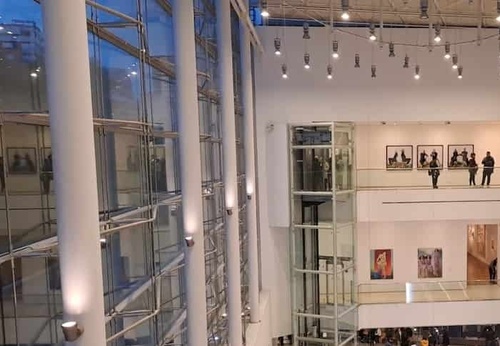
- July 14, 2025
An exhibition that says nothing

- July 14, 2025
Visual Techniques in Advertising Photography


- July 14, 2025
Nishapur: Glass of the Early Islamic Period
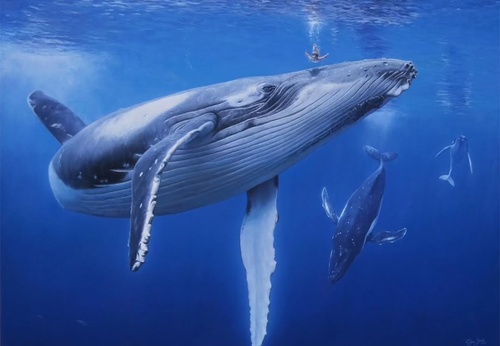
- July 14, 2025
Gallery Of Painting By René Luis Pons López - Cuba
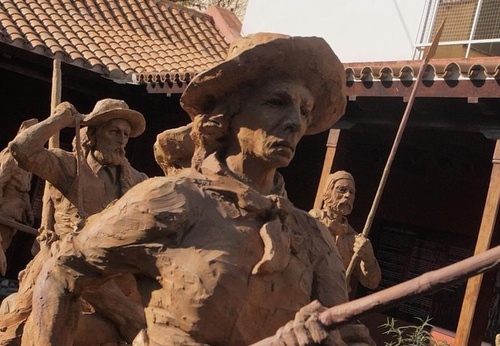
- July 14, 2025
Gallery Of Sculpture By Carlos Benavidez - Argentina
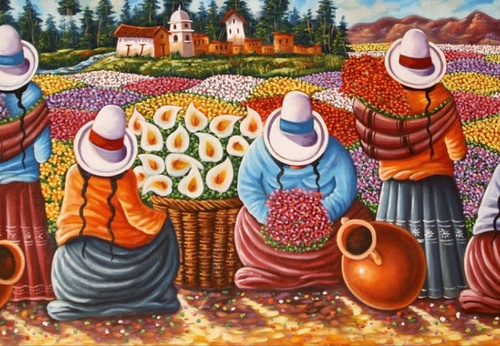
- July 13, 2025
Latin American painting
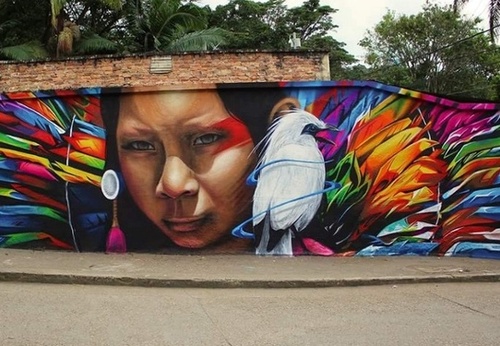
- July 13, 2025
Culture, art and music in Colombia
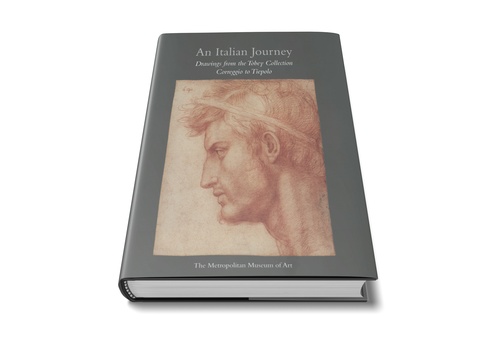

- July 14, 2025
Visual Techniques in Advertising Photog…

- July 14, 2025
Graphic Design and the Creation of Icon…

- July 13, 2025
Latin American painting

- July 13, 2025
Culture, art and music in Colombia

- July 10, 2025
The Evolution of Graphic Design from Ty…

- July 10, 2025
How Digital Artists Collaborate with Ar…

- July 09, 2025
The Value of Art in Education

- July 09, 2025
Art as a Reflection of Society

- July 08, 2025
The history of Bolivian art

- July 08, 2025
Protecting Art in the Age of Artificial…

- July 04, 2025
Graphic Design and Creating Iconic Bran…

- July 04, 2025
Photography as a Tool for Telling Histo…

- July 03, 2025
Painting and abstract art: differences …

- July 02, 2025
The Best Software for Digital Art and G…

- July 01, 2025
How Digital Artists Collaborate with Ar…

- July 01, 2025
Reflections of Digital Art in Different…

- June 30, 2025
Crítica de Obras Artísticas Criadas por…

- June 30, 2025
What are Plastic Arts?

- June 30, 2025
Images Against Silence: Artists Who Cha…

- June 29, 2025
History of Art Photography in the 20th …

- August 29, 2023
The history of Bolivian art

- February 19, 2024
Analysis and meaning of Van Gogh's Star…

- January 28, 2024
Culture and Art in Argentina

- September 25, 2023
What is the importance of art in human …

- September 23, 2023
What is paint?

- August 10, 2023
14 questions and answers about the art …

- August 30, 2023
First artistic manifestations

- August 23, 2023
The 11 types of art and their meanings

- September 23, 2023
Painting characteristics

- January 12, 2024
10 most beautiful statues and sculpture…

- September 23, 2023
History of painting

- August 16, 2023
The 15 greatest painters in art history

- April 06, 2024
History of visual arts in Ecuador

- March 26, 2024
The importance of technology in art1

- January 31, 2024
Examples of Street Art – Urban Art

- April 07, 2024
Graffiti in Latin American culture

- March 26, 2024
Cultural identity and its impact on art…

- January 20, 2024
What is the relationship between art an…

- October 21, 2023
Contemporary art after the Second World…

- August 25, 2024
A Comprehensive Analysis of the Cartoon…

- February 19, 2024
Analysis and meaning of Van Gogh's Star…

- August 13, 2023
9 Latino painters and their great contr…

- August 10, 2023
14 questions and answers about the art …

- August 29, 2023
The history of Bolivian art

- January 28, 2024
Culture and Art in Argentina

- August 23, 2023
The 11 types of art and their meanings

- November 06, 2023
5 Latin American artists and their works

- August 27, 2023
15 main works of Van Gogh

- September 23, 2023
Painting characteristics

- September 23, 2023
What is paint?

- September 25, 2023
What is the importance of art in human …

- December 18, 2023
10 iconic works by Oscar Niemeyer, geni…

- August 30, 2023
First artistic manifestations

- January 20, 2024
What is the relationship between art an…

- March 26, 2024
Cultural identity and its impact on art…

- January 12, 2024
10 most beautiful statues and sculpture…

- October 30, 2023
Characteristics of Contemporary Art

- August 22, 2023
What are Plastic Arts?

- April 16, 2024
The most important painters of Latin Am…

- August 24, 2023


